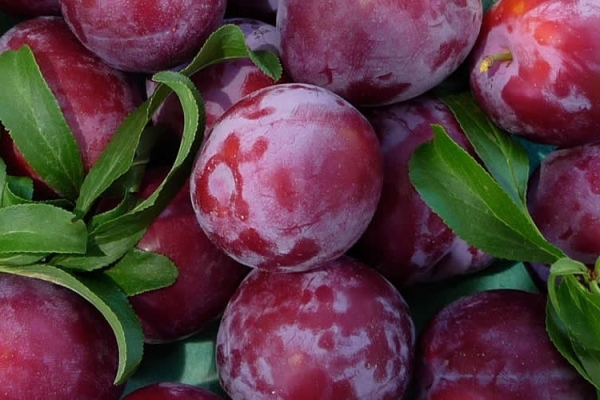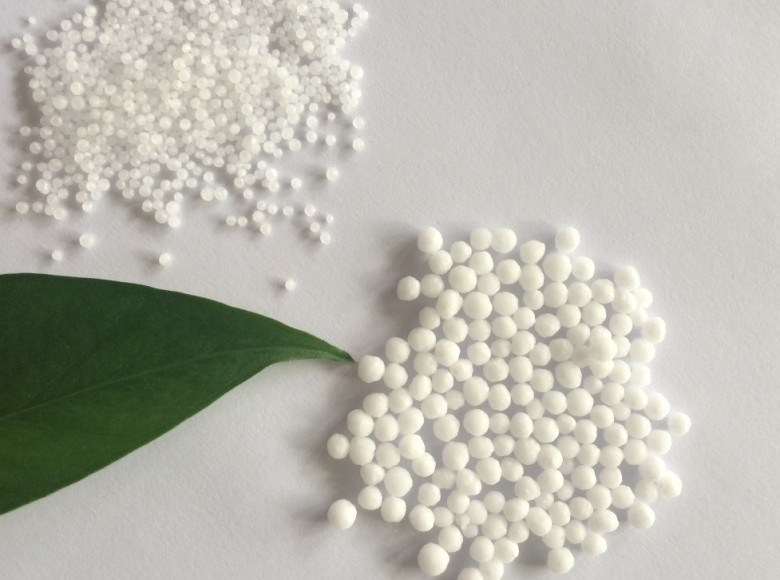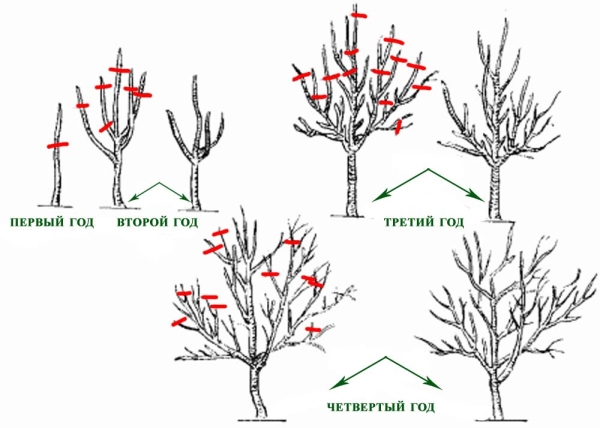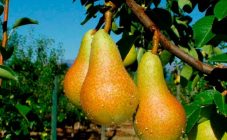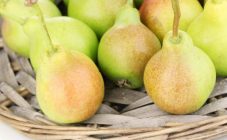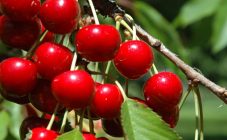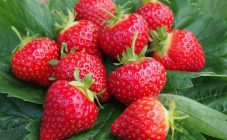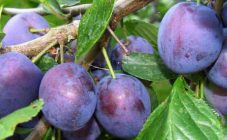Content:
The Chinese plum is considered an unusual fruit crop, which is rarely found in garden plots. This culture has a long history and comes from China. At the time of the formation of this variety, it was called the Sino-Ussuriyskaya. Despite some of its features, everyone who dares to plant this unusual exotic plant on their site subsequently does not regret the decision, since this plum has a huge number of advantages.
Features and characteristics
Despite the fact that this species is originally from China, it can be grown in almost all regions of Russia, since various climatic conditions suit it. The tree never grows above two meters, while its crown is distinguished by a spreading and spherical shape, the leaves are oval.
Before the first leaves appear on the tree, the plum will delight its owners with an incredibly beautiful red-leaved flowering. Unfortunately, flowering does not last long, no more than two days. As practice shows, abundant flowering is not a guarantee of a good harvest. This is primarily due to the fact that flowering begins in early spring, when the weather is mostly cool; successful pollination is not always possible, since these plums are incapable of self-pollination.
After ripening, the fruits weigh on average about 120 grams. The color of ripe plums can be different: yellow, purple, orange, plum, and red. The pulp is bright red with a sweet-spicy aftertaste and a peach-like aroma. Due to the fact that the pulp has a cartilaginous consistency, this variety is perfectly transported and stored for a long time under the condition of low temperature.
The most popular varieties are:
- Plum varieties Chinese early - this variety is considered one of the most popular in the territory of the Russian Federation. The tree of this plum reaches a height of about 2.5 meters. The crown is sparse and spreading, the leaves are small and characterized by a light green tint. With proper care, about 35 kg of fruit can be removed from one tree.
- Alyonushka - to obtain this variety, the Chinese plum was crossed with the Red Ball. The result of this crossing is a short tree with a crown that looks more like a broom turned upside down. This plum variety blooms relatively later than all the others. This happens in the second decade of December. After flowering, spherical plums are formed, which, when ripe, acquire a maroon with a lilac hue. An average of 20 kg of plums can be harvested from one adult tree, which have a pleasant sweet taste with a slight acidity.
- Manchu beauty - this variety, according to the description, is considered one of the oldest. The peculiarity of the tree is that it looks more like a bush. This plum grows no more than 1.8 meters high, the crown has a spherical shape. The leaves are quite large. The tree blooms with small flowers. After flowering, small, slightly flattened fruits are formed. Only about 10 kilograms of plums can be removed from one tree.
Agricultural technology of cultivation
The cultivation of the Chinese plum is practically no different from the usual one.But, despite this, there are some nuances and features, observing which you can significantly extend the fruiting period of trees and increase productivity.
It is important to choose the right landing site. The area should be well lit by the sun and protected from the winds.
Before you start planting seedlings, you need to prepare the soil. Neutral soil is best suited for planting. For a seedling, you need to dig a planting hole, the size of which is about 50 cm deep and 70 cm in diameter. Expanded clay, crushed stone or broken brick are laid on the bottom for arranging drainage. Peat or humus is introduced into the pit for fertilization. After that, the seedling is planted and systematically watered. The approximate watering rate averages about 10 liters per square meter. Chinese plums love moist soils, so watering should be regular, and in the dry season, it should be accompanied by soil mulching. After planting a seedling, it is imperative to cut it off by about 50% - such measures significantly accelerate growth and help you quickly adapt to new conditions.
To get a good harvest, you need to systematically feed the plant. This is done for the first time a year after planting. For fertilization, nitrogenous preparations are suitable. You need to feed the plum no more than three times a year. The first feeding is carried out before flowering, the second time the plant is fed as soon as the first fruits appear, but they have not yet entered the ripening stage. The last dressing is done after the crop has been harvested.
As soon as the tree begins to bear fruit, it is worth taking care of the supports, as the branches of the tree are very thin and often cannot withstand the weight of the fruit. Planks can be used as supports, which are substituted under the fruiting branches. It is also required to carry out annual pruning and thinning the crown, as this will contribute to an increase in yield.
As for wintering, despite the fact that most varieties are frost-resistant, it is still better to prepare trees for it. As soon as negative temperatures are established outside, you need to wrap the tree trunk with a special covering material. In winter, it is necessary to shake off the snow from the trees, as the branches can break under its weight.
Advantages and disadvantages
The Chinese plum has many advantages, the main ones are:
- early maturity;
- frost resistance;
- versatility of fruits;
- transportability;
- the possibility of growing in almost all regions of Russia.
The nuances of growing by region
Under natural conditions, this variety can be found in the east of China, mainly on mountainous edges. In Russia, the cultivation of such trees was not in demand for a long time, especially in the Moscow and Leningrad regions, since the climatic conditions in these areas often led to the death of trees. But now this culture is considered popular with us.
The Chinese plum is considered a frost-resistant fruit tree, therefore, in the gardens and nurseries near Moscow, it will feel comfortable and bear fruit if certain factors are observed and proper care is provided.
Experts recommend that residents of the Moscow Region and the Leningrad Region give preference to Chinese plums of such varieties as Krasny Shar, Alyonushka, Chemalskaya, Zarya or Orlovskaya Dream.
